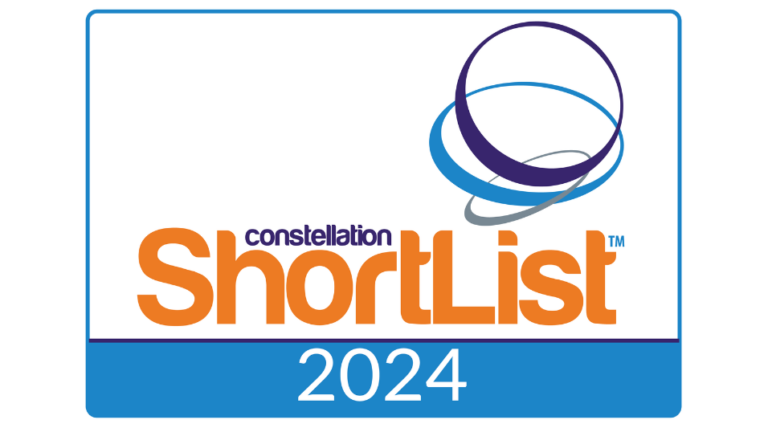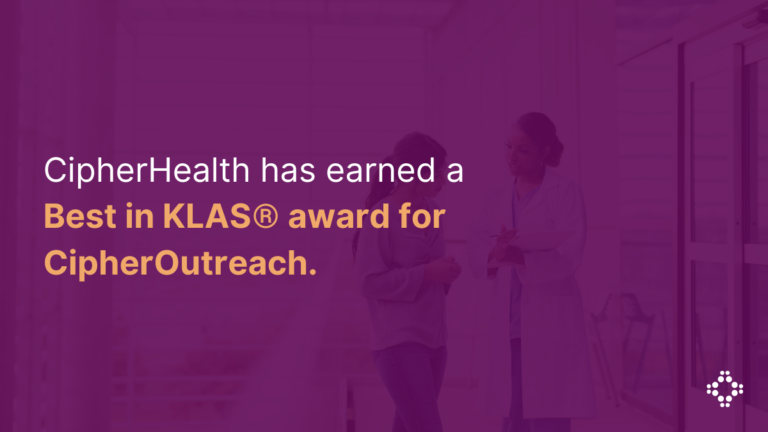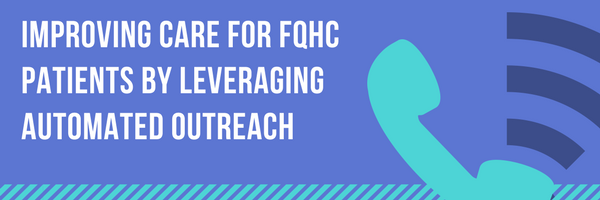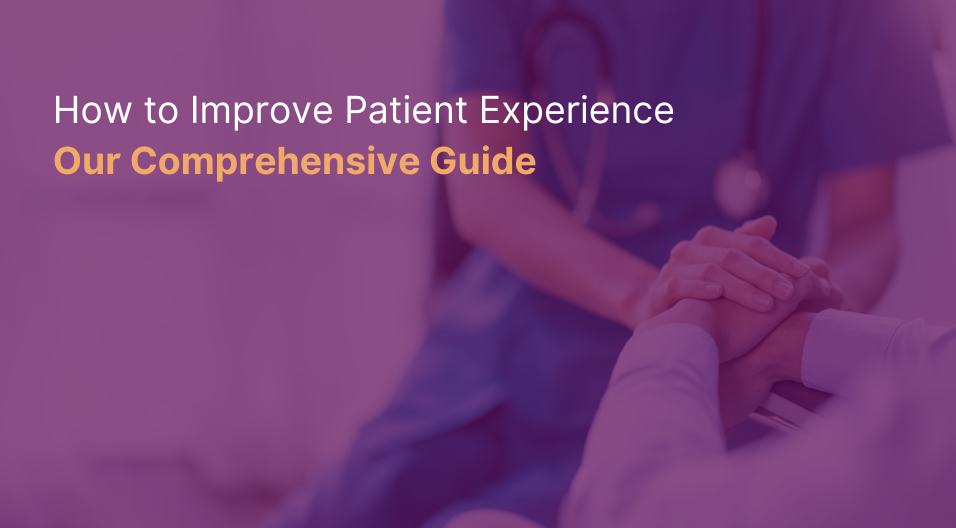Reducing avoidable readmissions is a necessary goal for any healthcare provider. As financial incentives and quality rankings increasingly rely on readmission rates, providers must coordinate care effectively across the continuum to achieve success.
Challenges faced by FQHCs
Federally Qualified Health Centers (FQHCs) are uniquely positioned to serve high-risk, high-need patient populations, including underserved groups and those suffering from multiple chronic health conditions. In some instances, they also share the risk/penalty associated with preventing avoidable readmissions.
While direct collaboration with FQHCs could allow hospitals to exit the primary care market and maximize reimbursements for primary care by directing the patient population and financial resources to FQHCs, effective partnership models have been slow to materialize (see MACHC: Reforming Maryland’s All-Payer Approach to Delivery-System: An Opportunity for Hospital and FQHC Collaboration for more).
The challenge for many FQHCs, therefore, is to strike a balance between resource allocation and effective patient engagement to reduce the served populations’ risk of readmission.
An Effective Model for Readmissions Reduction
In late 2015, Chase Brexton Health Care, a Maryland-based FQHC, partnered with CipherHealth to launch the Voice patient outreach platform with the objective to create meaningful touch points and identify those patients most at risk of an adverse event. With Chase Brexton patients being discharged on a near-daily basis from 26 hospitals throughout the state, they needed to ensure that no patient was missed during the follow up period.
To reach this end, CipherHealth collaborates directly with CRISP, the Maryland Health Information Exchange (HIE), to capture and enroll Chase Brexton patients discharged from a surrounding Maryland hospital. Via Voice, each of those patients receive outreach within 48 hours of discharge, checking in about post-discharge care instructions and confirming that follow-up appointments are scheduled. Patients indicating a question or concern are triaged to Chase Brexton care coordinators who attempt to resolve those issues, on average within two hours of receiving the alert.
Results
In the calendar year, 2016, the program called 13,000+ patients discharged from 25+ Maryland hospitals and resolved more than 1,800 patient issues. Patients who engaged with the outreach calls were 27% less likely to be readmitted compared to those that did not. Moreover, on average, about 85% of engaged patients responded that the calls were helpful in managing their at-home care. Click here for more about the model, data, and outcomes.
Expansion and a Path Forward
Chase Brexton is a community health center that is a part of John Hopkins Medicine and Maryland Community Health System (MCHS), a group of federally qualified health centers in the state. Together with Johns Hopkins Medicine, MCHS jointly-owns Priority Partners, one of eight Managed Care Organizations (MCO) authorized by the State of Maryland to provide health care services for over 300,000 Medicaid, Maryland Children’s Health Program (MCHP), Medical Assistance for Families and Primary Adult Care (PAC) recipients.
The Voice program that was rolled out at Chase Brexton in 2015 has since expanded to four additional MCHS health centers and is regularly engaging patients discharged from more than 50 Maryland hospitals.
If the results highlighted here are of interest to you or if you’re struggling to programmatically engage with your patients after they leave your facility, please consider contacting us today learn more about how Voice might be helpful to your organization.








